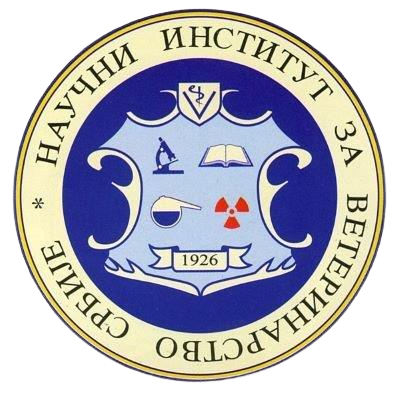Приказ основних података о документу
Validation and application of a method for determination of multi-class pesticides in muscle chicken breast fillets using QuEChERS extraction and GC/MS
| dc.creator | Tasić, Aleksandra Mihael | |
| dc.creator | Ninković, Milan | |
| dc.creator | Pavlović, Ivan | |
| dc.date.accessioned | 2024-07-09T07:37:38Z | |
| dc.date.available | 2024-07-09T07:37:38Z | |
| dc.date.issued | 2024 | |
| dc.identifier.issn | 2450-8608 | |
| dc.identifier.uri | https://reponivs.nivs.rs/handle/123456789/1040 | |
| dc.description.abstract | The occurrence of pesticide residues in animal products deserves attention because of the contamination by environmental pollutants and pesticides that may be present in the food that animals are fed. The goal of this work was the validation of a method for detection of residues of multiple classes of pesticide and determination of their residues in chicken breast fillets. Material and Methods: Gas chromatography with mass spectrometry was used for analysis. A modified quick, easy, cheap, effective, rugged and safe (QuEChERS) method was put into practice for its validation and applied to real samples. The study optimised mass detection and investigated the effect of a freezing step during the preparation of samples. Pesticides were determined in samples from conventional and organic production. Results: The impact of the matrix effect decreased, with the largest number of pesticides and satisfactory recovery determined by the application of mixed solvent acetonitrile and ethyl acetate for extraction. Detection of pesticide residues was achieved in a linear range between 5 and 50 μg/kg with satisfactory excellent correlation coefficients greater than 0.99. The recovery of all the pesticide residues ranged between 71.2 and 118.80%. The relative standard deviation was from 2.9% to 18.1% for all validated pesticide residues. The limits of quantification were in the range of 3.0–4.9 μg/kg. Out of 56 pesticide residues analysed in real samples, 5 were detected: α endosulfan, cypermethrin, endosulfan sulphate, permethrin and p,p´-dichlorodiphenyltrichloroethane (DDT) and their concentrations ranged from 4.9 to 15.2 μg/kg. Conclusion: All tested samples were compliant with the evaluation criteria, and detected values of pesticide residues were lower than the maximum residual levels. | sr |
| dc.language.iso | en | sr |
| dc.publisher | Sciendo | sr |
| dc.relation | info:eu-repo/grantAgreement/MESTD/inst-2020/200030/RS// | sr |
| dc.rights | openAccess | sr |
| dc.rights.uri | https://creativecommons.org/licenses/by-nc-nd/4.0/ | |
| dc.source | Journal of Veterinary Research | sr |
| dc.subject | residues | sr |
| dc.subject | chromatography | sr |
| dc.subject | chicken meat | sr |
| dc.subject | breast fillets | sr |
| dc.title | Validation and application of a method for determination of multi-class pesticides in muscle chicken breast fillets using QuEChERS extraction and GC/MS | sr |
| dc.type | article | sr |
| dc.rights.license | BY-NC-ND | sr |
| dc.citation.epage | 232 | |
| dc.citation.issue | 2 | |
| dc.citation.spage | 223 | |
| dc.citation.volume | 68 | |
| dc.identifier.doi | 10.2478/jvetres-2024-0036 | |
| dc.identifier.fulltext | http://reponivs.nivs.rs/bitstream/id/2850/bitstream_2850.pdf | |
| dc.type.version | publishedVersion | sr |

